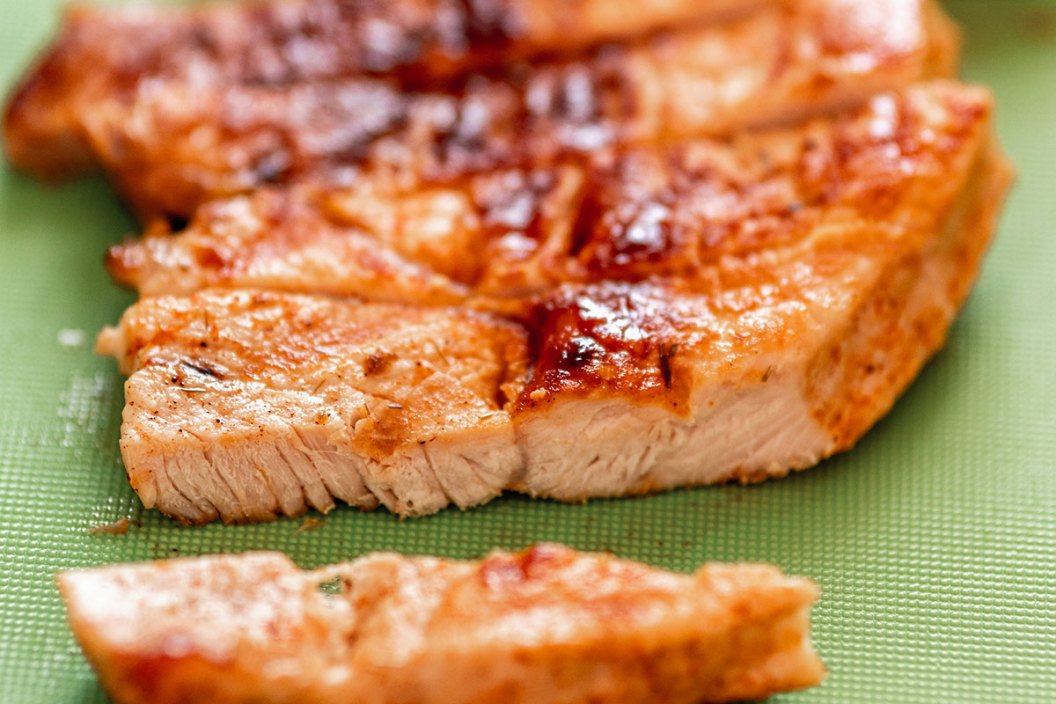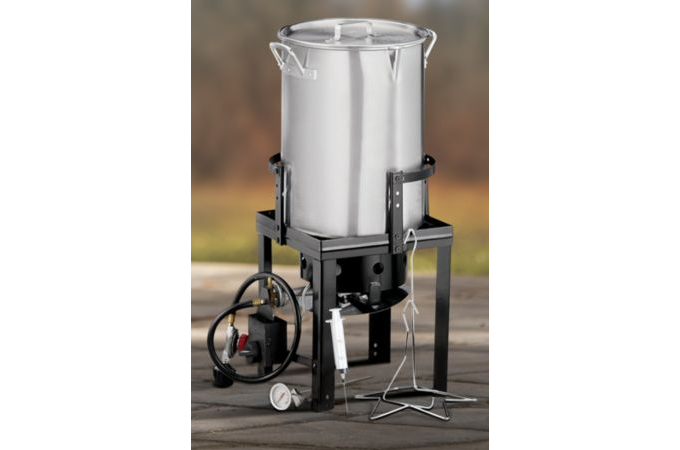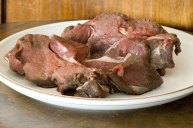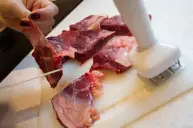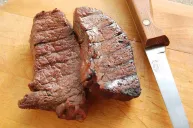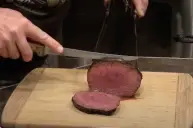Cooking wild turkey takes some work. It gets easier if you follow these guidelines.
Once turkey season is done, you've hopefully brought home a handful of gobblers for a few delicious wild-game feasts.
With that thought in mind, we decided to put together a few tips that you can put to use while cooking and preparing your turkey dinner.
Whether it's a wild turkey breast, a turkey leg (everyone's favorite kind of drumsticks), or ground turkey, there are ways to make it simplified. We've collected some great wild turkey recipes, too, so be sure to check that out and add them to your wild-game cookbook.
1. Don't expect a Butterball
If your experience with cooking and eating turkey begins and ends with Thanksgiving store-bought birds, you are going to need to adjust your expectations a bit before you start cooking.
That's not to say that spring turkeys can't make for delicious meals, but the meat is going to be leaner and less flavorful. Remember that you are cooking and eating a wild bird here, one that wasn't raised and fed with the goal of being as fat and juicy as possible. Most wild-game recipes take this into account, but you should have it in your mind at all times.
Adding good amounts (but not too much) of things like black pepper, lemon juice, white wine, or rosemary sprigs can really help boost the flavor.
Since the wild birds you shoot also won't have been influenced by any genetic tinkering or sketchy growth hormones and preservatives, they'll also make for healthier feasts. Keep all of this in mind as you cook your prize.
2. Lose the feathers
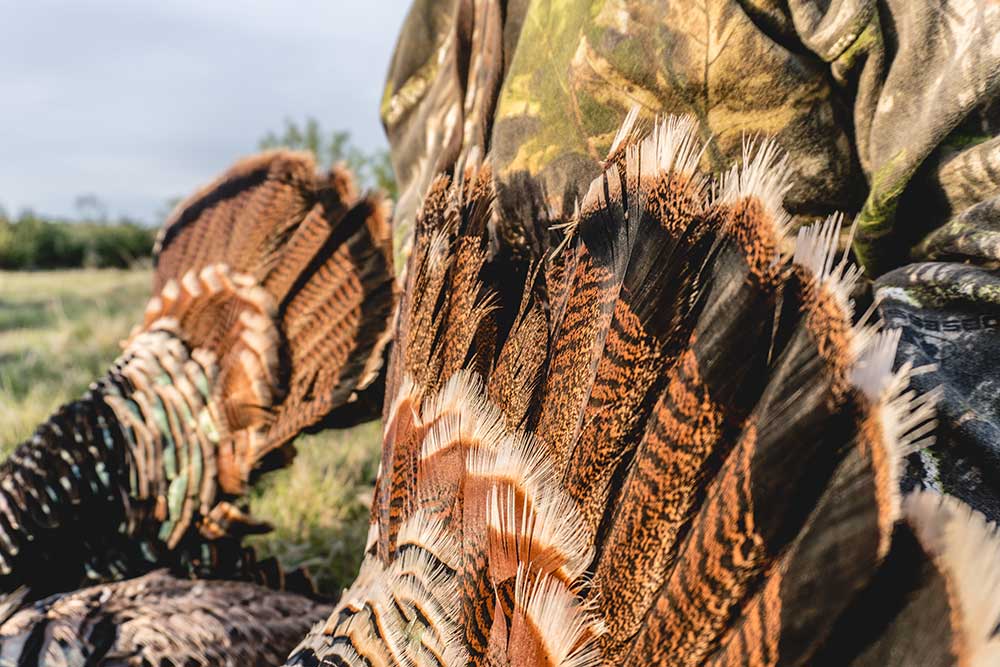
Perhaps the best way to ensure an easy turkey preparation session in the kitchen is to start plucking the feathers right away.
Don't shoot the bird, take it home, and then take your time before getting to work. If you don't pluck the feathers soon, you're going to be leaving a more difficult cooking job for yourself down the road, since the skin will become more difficult to deal with and will make for a more unruly cooking process.
You can even skin the turkey entirely. Make no mistake, spring turkeys are best enjoyed the night after you bring them home from the field, so don't let them just sit around for days because you had other meals planned.
3. Field dress in the field
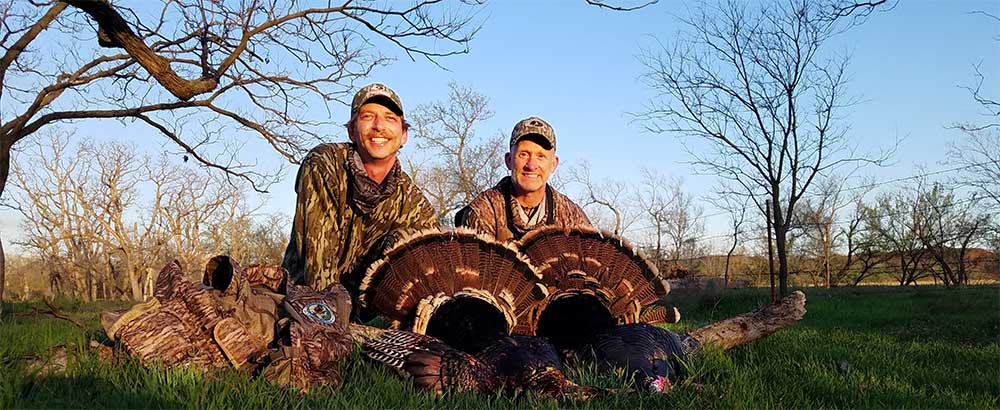
Forget bringing the bird home for this step: when it comes to turkey hunting, removing the feathers isn't the only time-sensitive part of the equation.
Pack a sharp knife for your turkey hunt and be prepared to put the "field" back into "field dressing."
We won't go into the whole process of field dressing the turkey here, since there are numerous ways to do it, but keep an eye out for more detailed info. And remember, field dressing just makes sense, and it will lead to a better tasting final product.
4. Baste away
Remember that bit about wild turkey meat being considerably leaner than what you buy at the store? That fact doesn't just mean you have to adjust your expectations for taste and texture, but it also means that you have to adjust your cooking methods.
For instance, basting your turkey frequently while it's cooking is a great way to make sure it comes out juicy and flavorful. The biggest problem that most hunters face when trying to cook their turkeys is that the meat comes out dry. Even the breast meat, which is best when kept moist, should be basted regularly.
A big part of this can be blamed on the basting of the bird, so make sure you are basting frequently and liberally.
5. Deep fry it
If you want to avoid the drying environment that is your oven, try deep frying your bird.
Often, for hunters who have struggled with overly dry turkey meat from their attempts at roasting the bird, deep frying is the best solution.
Simply plop your turkey into a deep fryer and let it cook for an hour or two (this depends on weight and you should find out the poundage of your bird and follow the specific instructions for your fryer). The oils used for deep fried cooking will coat and slather the bird, blending with the fat from the meat to keep the turkey moist and juicy.
You may like it so much, it might just end up being the go-to method for cooking any turkey. Try this one from Cabela's and you'll be all set.
6. Just add beer
This method's a bit unorthodox, but if you're set on grilling or oven-roasting your wild turkey, it might just be the best way to go without ending up with dry meat.
Dubbed the "beer can turkey" method, this strategy involves placing a turkey over a full or partially full beer can with a wire stand to hold it in place.
In the oven or on the grill, the beer in the can will evaporate, sending steam into the inside of the bird and moistening the meat from the inside. It's a pretty nifty method and one worth trying at least once—especially if you've got a six-pack lying around the house.
You can even get experimental and add seasonings to the beer can, continuing the flavor punch from the inside out.
7. Moisten your turkey after the fact
Every chef gets middling results sometimes, especially while cooking something as tricky as wild turkey.
If all of your methods fail and you still end up with overly dry and difficult-to-chew meat, you can revitalize some of the juices - and some of the flavor, for that matter - by moistening it.
To do this, you'll need a carton of chicken stock or turkey broth handy, as well as a casserole dish and some quick carving skills. Slice away all of the meat you would like to moisten, throw it in the casserole dish, and douse it in broth (for every two cups of turkey meat you end up with, you'll want to use one cup of broth).
Cover the dish and toss it into the oven for about 10 minutes, and voila: flavorful and tasty turkey. This isn't the most artful cooking method, of course, but it's a good way to correct an overcooking mistake.
NEXT: MAKE THESE DELICIOUS BBQ VENISON ONION BOMBS
